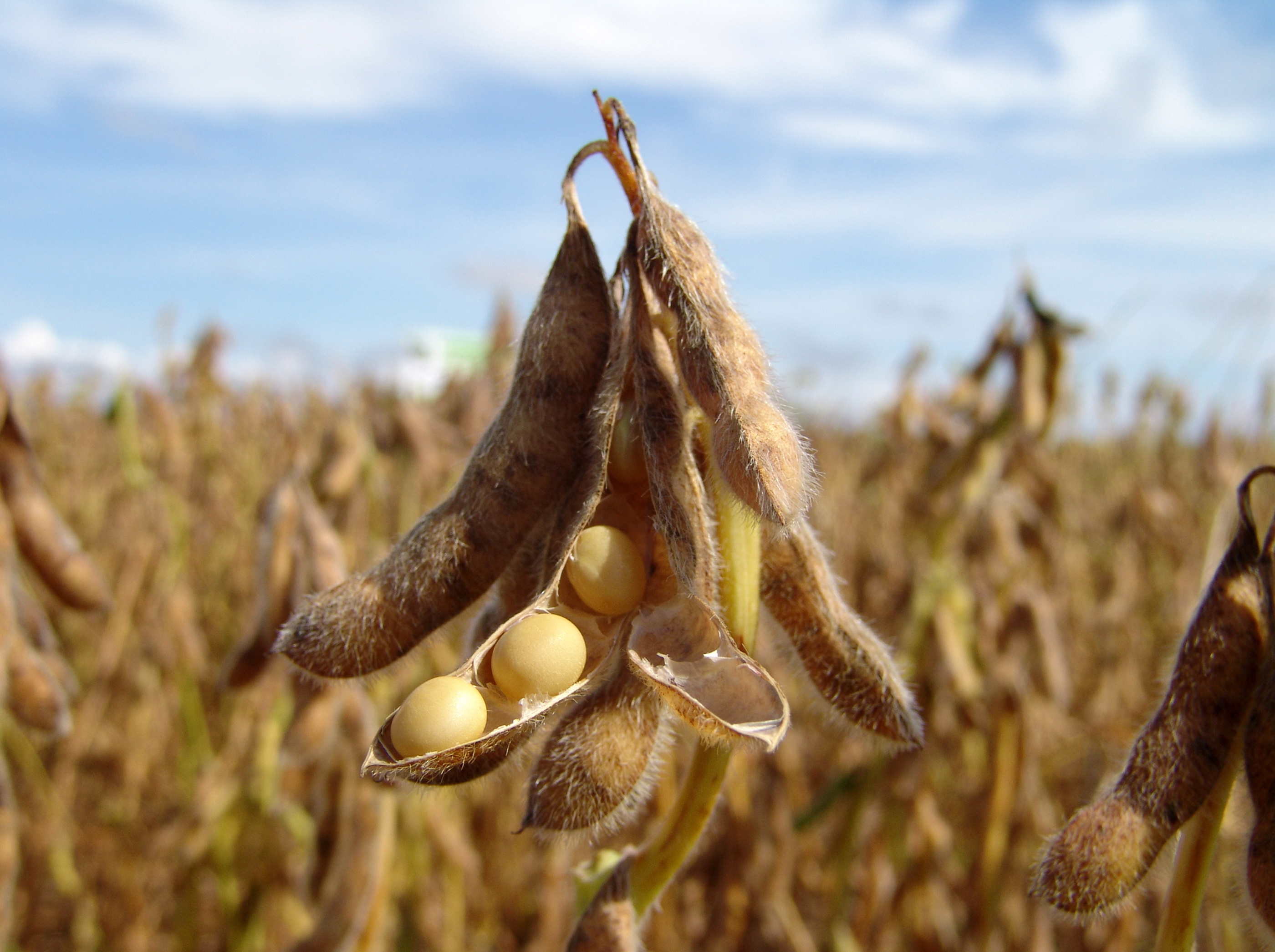



Argentine farmers opt to hoard soy despite high prices
Argentina's soy farmers are hanging onto their crop despite high commodity prices so they can avoid exposure to the country's anemic peso.Reuters reports that farmers are holding onto soybeans even as rival growers in Brazil and the United States rush to sell.
The trend hits just as Argentina needs export revenue to help dig itself out of recession while COVID-19 cases spike and uncertainty abounds ahead of October congressional elections. Farmers fret that the vote might set the stage for increased government intervention in the agricultural markets.
The official peso rate has meanwhile swooned 29.6% in the 12 months through Thursday to 92.4 per dollar. With this kind of currency volatility, Argentine farmers have decided a bean in the bag is better than a peso in the bank.
"Our currency is soy. We cannot rely on the peso," said Francisco Santillan, a grower in the bread-basket province of Buenos Aires.
Argentina is the world's top supplier of soymeal livestock feed used to fatten hogs and poultry from Europe to Southeast Asia. But as of 31 March, farmers had sold only 31% of their soon to be harvested 20/21 soybeans, the government says. At the same point last year, sales of the 19/20 crop were at 37%.
Soy and corn prices are at around seven-year highs as global supplies tighten. Last year at this time, Argentine farmers were getting about $220 per tonne of soybeans. Now it's at about $330 per tonne.
Farmers in top global producers Brazil and the United States have eagerly sold crops to lock in good prices.
Brazil farmers sold 66.6% of estimated soy output through April 2, well above a 57.1% five-year historical average for the period, consultancy Datagro said. It projects Brazil soybean output at 135.48 million tonnes in the 2020/2021 crop year.
One grain dealer in the United States, which is on an opposite growing cycle from South America, said some farmers are selling up to half of their next crop before even planting.


Save in pesos?
Santillan nonetheless said he and his neighbors in the Pampas grains belt are piling soybeans into long, white plastic silo bags that have come to dot the countryside. They are only selling as much as necessary to get cash to pay bills.
The local soy crushing industry is not expecting strong farmer selling this year. "Very much to the contrary," said a trader with a major international export firm who, in line with company policy, asked not to be named.
"Uncertainty is keeping farmers from selling because when they sell, what do they do with the money? Save in pesos? Not one farmer in this country wants to do that," the trader said.
The Argentine soy crushing industry is operating with an idle capacity of 46%, with peaks of 50% or higher last year, according to the CIARA-CEC crushing and export company chamber.
"The problem is the level of uncertainty, particularly on the exchange rate over the coming months," said CIARA-CEC chief Gustavo Idigoras.
Farmers were jolted early this year when the agriculture ministry proposed an increase in export duties and a clampdown on shipments of some grains. It backed off the plan after an outcry from exporters.
"We encourage the government to give full certainty that there will be no more intervention during the 2020/21 season regarding export taxes, export limits or any other kind of measure that would go against farm production," Idigoras said.
Argentina currently slaps a 33% export tax on soybeans, 31% on soymeal and soyoil, 12% on corn and 12% on wheat.
Slow selling is not the only factor putting downward pressure on expected Argentine soy exports. A drought on the Pampas last year and in early 2021 prompted the Buenos Aires and Rosario grains exchanges to cut their 2020/21 soy harvest forecasts to 43 million and 45 million tonnes, respectively.









